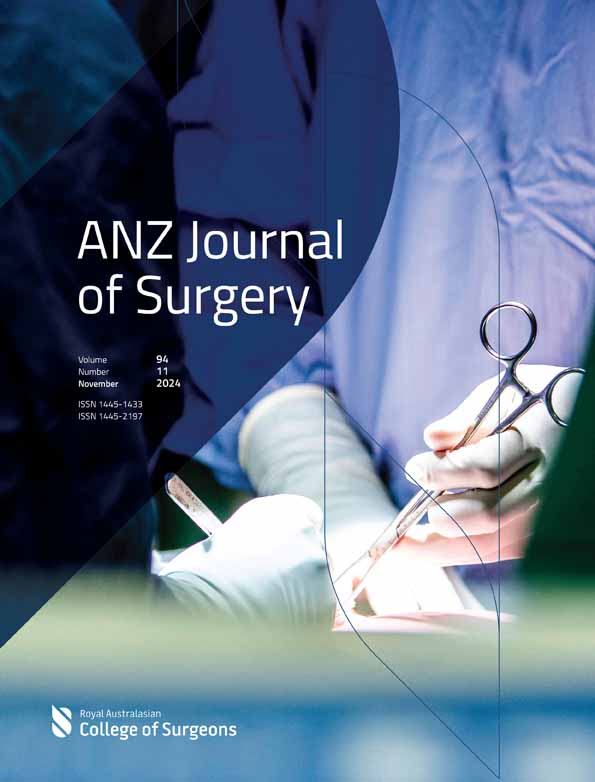Standard of care and outcomes for Māori patients with neck of femur fractures – an Australia & New Zealand Hip Fracture Registry (ANZHFR) study
John Mutu-Grigg is an Editorial Board member of Health Science Reports and a co-author of this article. To minimize bias, they were excluded from all editorial decision-making related to the acceptance of this article for publication.
Abstract
Background
This study aimed to compare the demographic differences between Māori and NZ Europeans with neck of femur fracture (NOF), identify any differences in management, surgical and post-op care and outcomes.
Methods
All cases in New Zealand between 2018 and 2020 were collected from the Australia & New Zealand Hip Fracture Registry (ANZHFR). Basic demographics, management factors, and surgical factors were collected. Key outcomes at 120 days post-fracture included walking status, residential status and survival. Univariate analysis was performed to compare differences in demographics, and management factors between ethnicities. Multivariable analysis was conducted on key outcome comparisons and management differences.
Results
Data from 9432 patients were analyzed. 305 patients were Māori (3.2%). Age-standardized incidence between Māori and NZ European were similar (103 (95% CI 91–115) vs. 95 (95% CI 92–99)/100 000/year). Māori had a longer time to theatre (38.7 vs. 34.5 h, P = 0.01). The only difference between Māori and NZ European in the key outcomes was private residential status (67% vs. 62% P < 0.01). There was no difference in survival (87% vs. 87% P = 0.68) and decrease in walking status (0.43 vs. 0.41 P = 0.99). Following multivariable analysis, Māori ethnicity was an independent risk factor for time to theatre >48 hours after adjustment for other factors (OR 1.44 (95% CI 1.07, 1.93), P = 0.016).
Discussion
Although Māori were a small percentage of patients with NOFs, there was similar age-standardized incidence compared to NZ Europeans. While there were no differences in key outcomes, identifying reasons for longer time to theatre for Māori patients is required.
Conflicts of interest
None declared.




